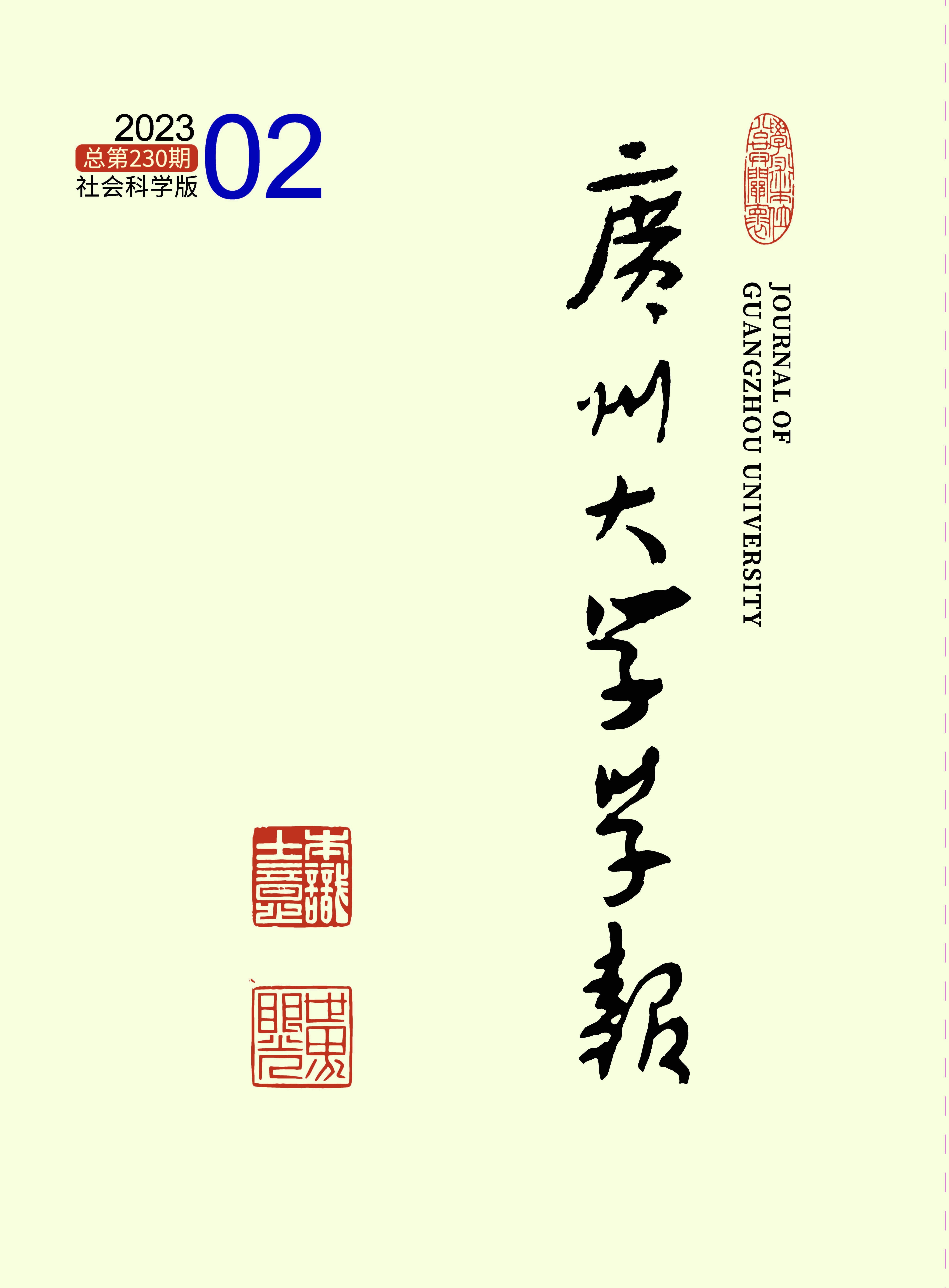Journal of Guangzhou University (Social Science Edition). 2024, 23(5): 115-125.
 Abstract
Abstract (
)
 Download PDF
Download PDF (
)
 Knowledge map
Knowledge map
 Save
Save
The technological transformation of the brain and the digitalization of the world driven by the current metaverse dynamics, will bring about an infinite extension of the physical, mental and aesthetic experience of human beings. However, in addition to the power of technology, the continuous approach of the metaverse also has its cultural and psychological pavement, in which the ever-extending flow of human consciousness through digital networks has something in common with Bergson′s idea of duration. That is, in the temporalized world, where the digital switching of the human brain is indistinguishable from the digital form of the world, the boundary between the human and the world will not be easy to be distinguished, and the compound of the world that human beings immerse in will be embodied in the encounter of the universal Life, namely, the world is the life. At the same time, the Metaverse, as a gravitational field driving the integration and symbiosis of human beings and all things in the universe, will promote human beings to redraw the global space, with the closest correlation to Gaia concept, which sees the Earth as a ″living″ organism. As a by-product of astronomical research, the Gaia hypothesis, like the Metaverse, not only highlights the increasing holistic interconnectedness between all humans, and between humans and the Earth, but also reinforces the human perception of life as an extension of itself into the environment. From Gaia to Metaverse, and from ecological connection to digital connection, duration serves as the philosophical root bridging the two and will together advance the construction of a post-human philosophical view of the universal life.
